When we think of intelligent creatures capable of learning, insects rarely come to mind. Their tiny brains—sometimes consisting of fewer than a million neurons compared to our 86 billion—seem too simple for complex cognitive processes. Yet, remarkable research over the past few decades has revealed that insects possess surprising learning abilities and memory formation capabilities. From honeybees that can recognize human faces to fruit flies that remember traumatic experiences, the cognitive world of insects challenges our understanding of intelligence and learning. These small creatures, despite their seemingly simple nervous systems, demonstrate that memory and adaptive behavior don’t necessarily require large brains. This article explores the fascinating realm of insect cognition, examining how these small-brained creatures learn from experience and adapt their behaviors accordingly—raising profound questions about the nature of memory itself.
The Basics of Insect Brains

Insect brains may be compact, but they’re remarkably efficient and specialized for the tasks these creatures need to perform. Most insect brains contain structures called mushroom bodies, which function somewhat like our hippocampus—the brain region critical for memory formation. Despite having neurons numbering in the thousands rather than billions, these structures allow insects to process sensory information and form associations. The neural architecture varies significantly across species, with social insects like honeybees and ants possessing more complex brain structures than solitary insects. Fascinatingly, some insects dedicate large portions of their limited neural resources to specific tasks—for example, dragonflies allocate nearly 80% of their brain power to visual processing, allowing them to track prey with remarkable precision while flying.
Types of Insect Memory
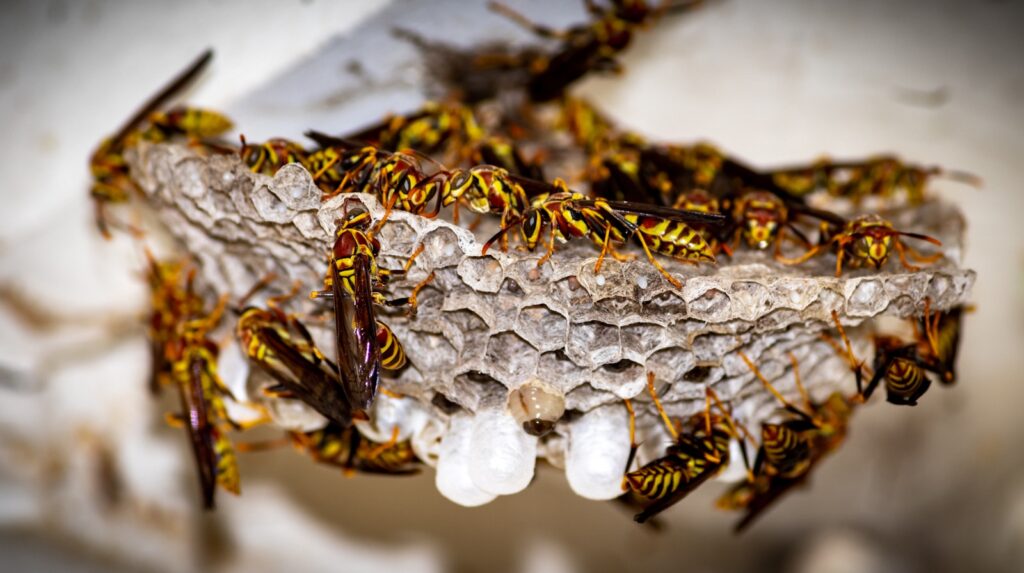
Scientists have identified several distinct forms of memory in insects, remarkably similar to the memory types documented in vertebrates including humans. Short-term memory allows insects to retain information for seconds to minutes, while intermediate-term memory can last for hours. Most impressively, long-term memory in insects can persist for days, weeks, or even the entirety of an insect’s lifespan, which might extend to several years in some species. These different memory types involve distinct biochemical pathways and neural circuits, suggesting evolutionary conservation of memory mechanisms across vastly different animal groups. Protein synthesis plays a crucial role in the formation of long-term memories in insects, just as it does in mammals, pointing to fundamental similarities in how memories become stabilized across the animal kingdom.
The Remarkable Memory of Honeybees

Honeybees represent one of the most impressive examples of insect learning and memory capabilities. These social insects can remember the location, color, shape, and scent of rewarding flowers, allowing them to create mental maps of their foraging environment spanning several kilometers. In laboratory settings, bees readily learn to associate colors or odors with sugar rewards, demonstrating classical conditioning similar to Pavlov’s famous experiments with dogs. Even more remarkably, honeybees can learn abstract concepts like “same” and “different,” a cognitive ability once thought to be exclusive to vertebrates with much larger brains. They can also transmit this learned information to hivemates through their sophisticated waggle dance, effectively creating a collective memory system that extends beyond individual experiences.
Ants: The Navigational Masters
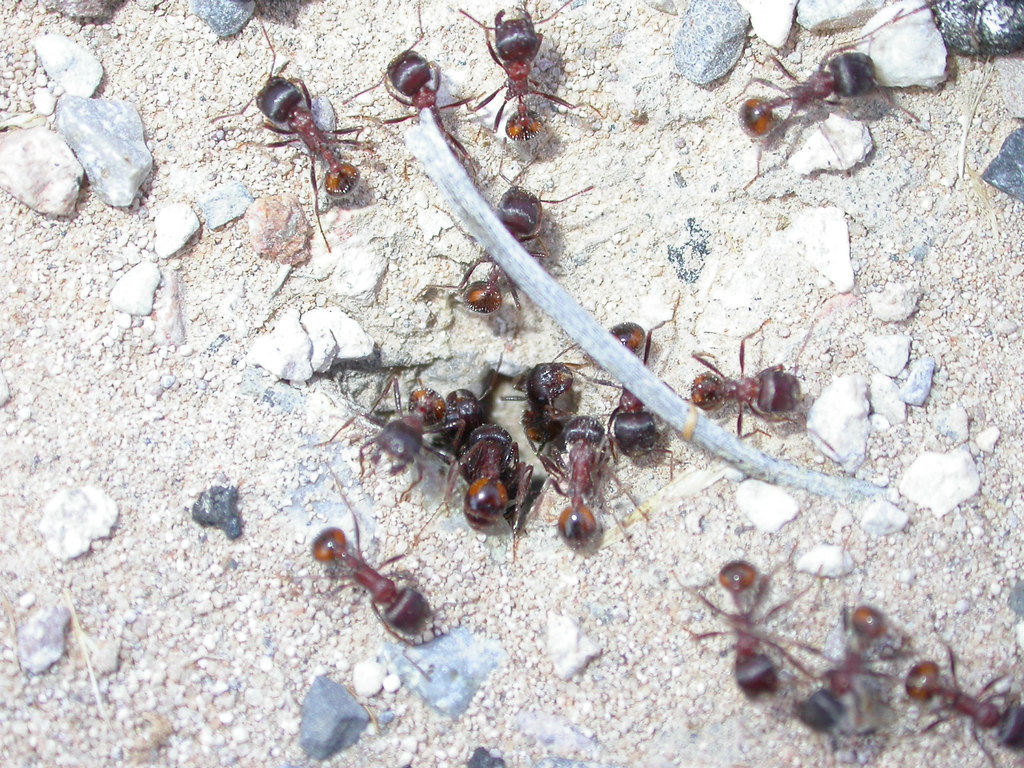
Ants exhibit extraordinary spatial memory capabilities that enable them to navigate complex environments without getting lost. Desert ants like Cataglyphis can travel hundreds of meters from their nest in random search patterns, then return in a direct straight line—a feat requiring them to continuously calculate their position relative to home using celestial cues and step counting. Wood ants form memories of visual landmarks along their foraging routes, creating a sequence of memorized views that guide them between their nest and food sources. Some ant species can even remember and avoid locations where they previously encountered danger, demonstrating that their memories include not just spatial information but also emotional associations. The navigational abilities of ants are so sophisticated that they’ve inspired algorithms used in robotics and artificial intelligence systems.
Fruit Flies and Fear Conditioning
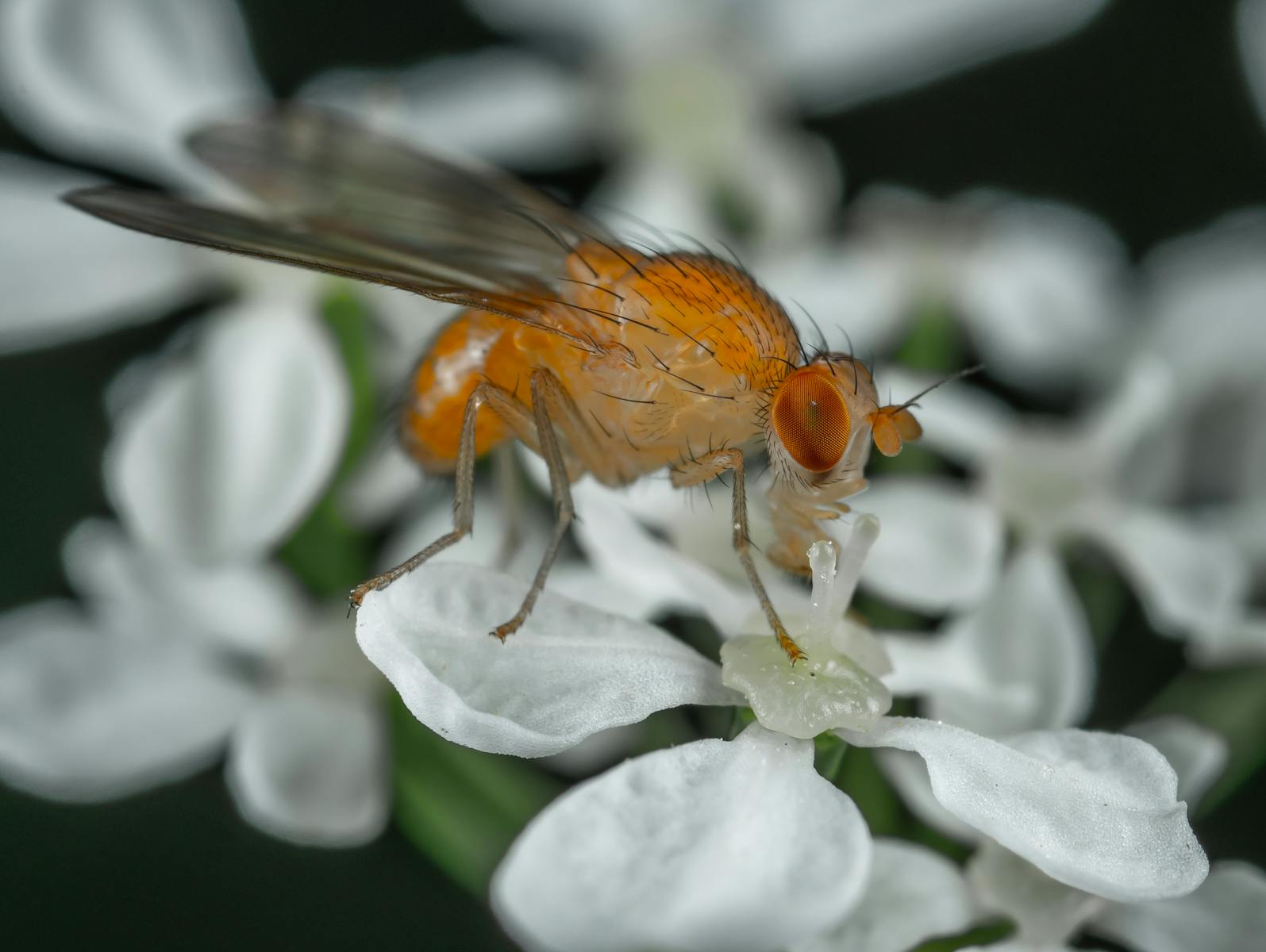
Despite their tiny size and seemingly simple behavior, fruit flies (Drosophila melanogaster) have become one of neuroscience’s most important model organisms for studying memory formation. These insects can form robust memories of experiences paired with negative stimuli, similar to fear conditioning in mammals. When exposed to a particular odor followed by an electric shock, fruit flies quickly learn to avoid that odor in future encounters. This learned avoidance can persist for days, indicating genuine long-term memory formation. The genetic mechanisms underlying these memories have been extensively mapped, revealing striking similarities to memory processes in mammals despite 600 million years of evolutionary separation. Researchers have identified specific neurons and molecules involved in different phases of memory formation, providing insights into how memories are encoded, consolidated, and retrieved.
Social Learning in Insects
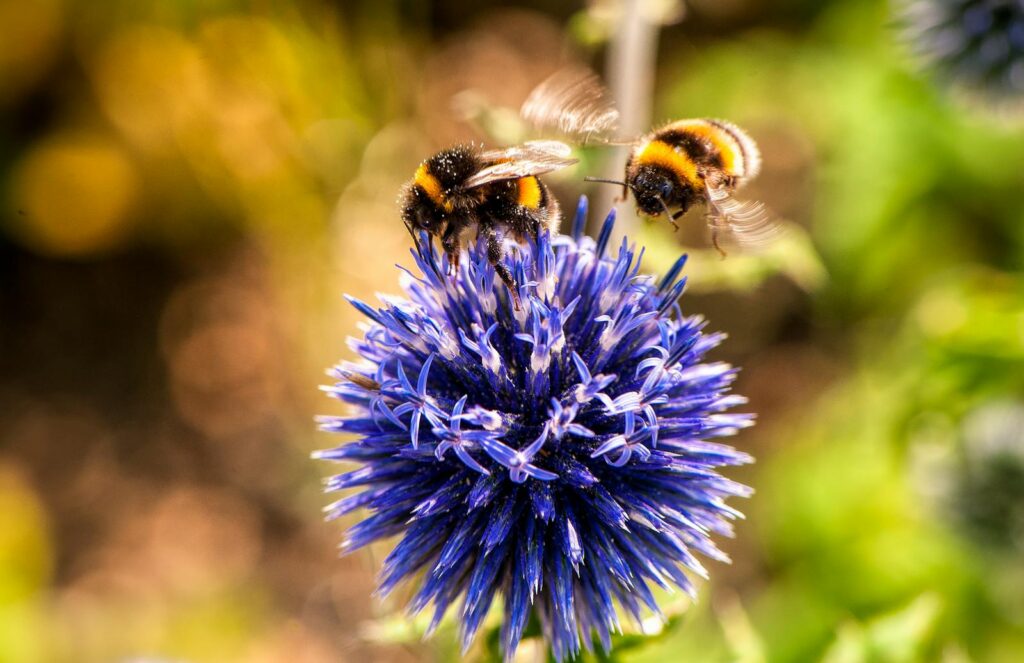
Many insects demonstrate the ability to learn not just from their own experiences, but from observing their peers—a sophisticated cognitive ability called social learning. Bumblebees, for instance, can learn to pull strings to access sugar rewards by watching experienced bees perform the task, significantly reducing their learning time compared to figuring it out independently. Wood ants share information about food sources through tandem running, where knowledgeable ants lead naïve nestmates to valuable resources, effectively transferring spatial knowledge between individuals. Some insects even appear capable of cultural transmission, where learned behaviors spread through populations and persist across generations. This capacity for social learning challenges traditional views that complex social cognition requires large brains or close evolutionary relationships to humans.
Memory and Insect Lifespan
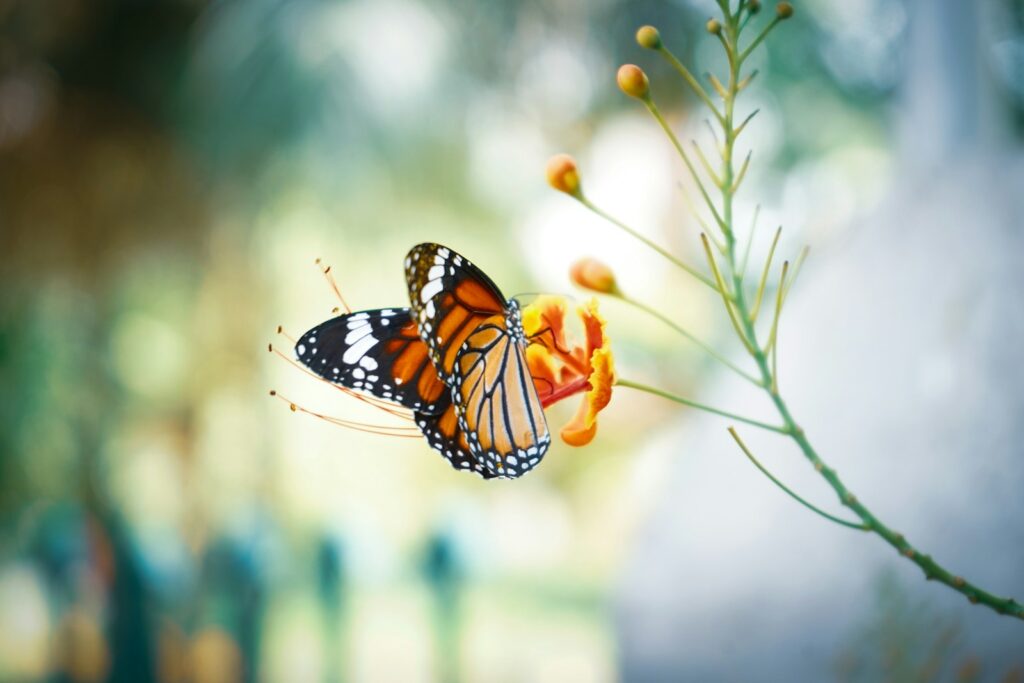
The relationship between memory and lifespan in insects presents fascinating contradictions. Butterflies with lifespans of mere weeks can remember flower-handling techniques and migration routes across their entire adult lives. Annual insects like cicadas can emerge after years underground and immediately recognize suitable habitat and mating opportunities, suggesting some form of innate memory that transcends their limited experiences. Social insects show particularly interesting patterns, with some ant queens living for decades while preserving memories formed in their youth. The metabolic costs of maintaining neural circuits for memory appear to be balanced against the survival benefits these memories provide, creating species-specific trade-offs between cognitive abilities and lifespan. Some insects even demonstrate sleep-dependent memory consolidation similar to mammals, suggesting fundamental conservation of this memory-strengthening process.
The Molecular Basis of Insect Memory
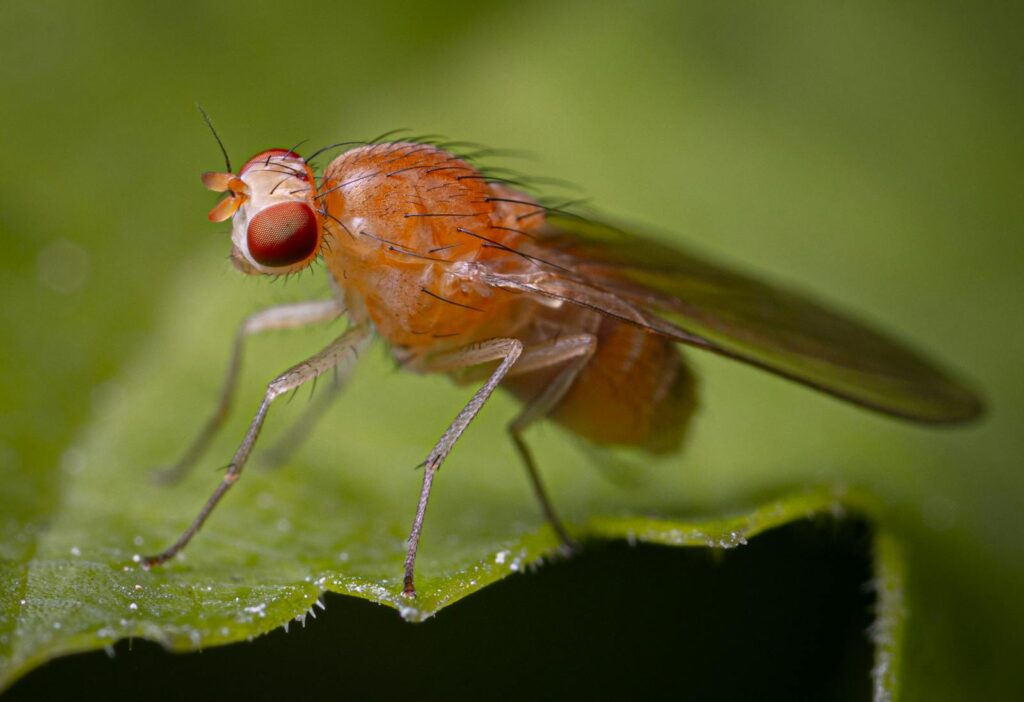
At the molecular level, insect memory formation shares remarkable similarities with memory mechanisms in vertebrates, including humans. The formation of long-term memories in insects requires new protein synthesis and gene expression changes, just as it does in mammals. Key molecular players like cAMP, CREB transcription factors, and various neurotransmitters perform analogous roles across these distantly related groups. Genetic studies in fruit flies have identified dozens of “memory genes” whose mutations specifically impair learning abilities without affecting other functions. Intriguingly, insects express proteins in their brains that are structurally similar to those implicated in human memory disorders like Alzheimer’s disease, making them valuable models for understanding memory-related pathologies. These molecular parallels suggest that basic memory mechanisms evolved very early in animal evolution and have been conserved across hundreds of millions of years.
Insect Learning in Changing Environments
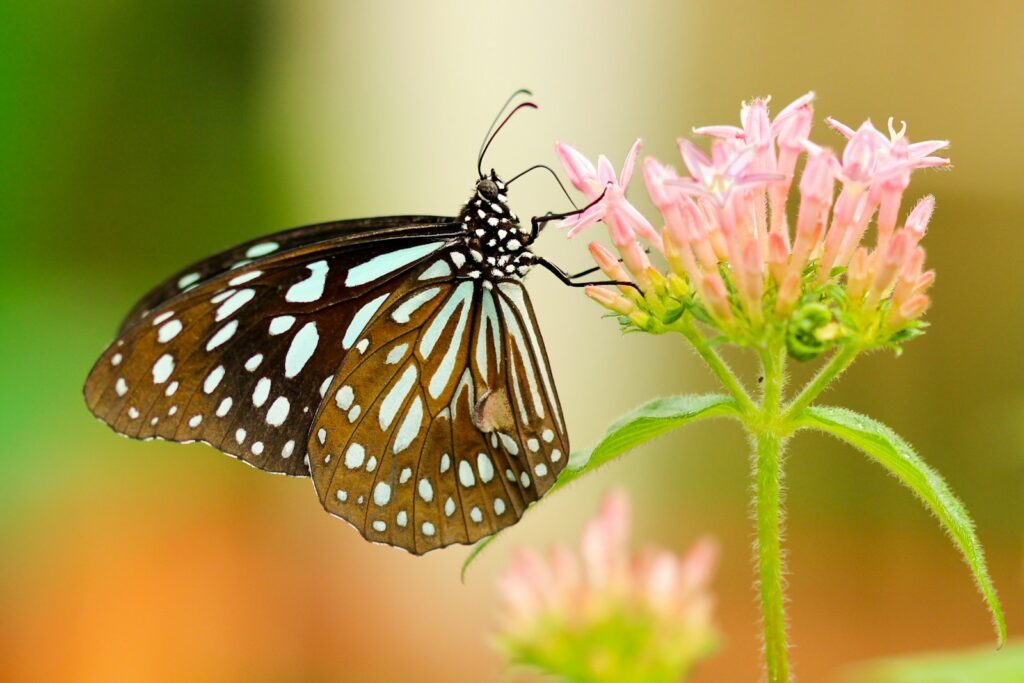
The ability to form memories and adapt behavior based on experience gives insects remarkable flexibility in responding to environmental changes. Pollinators like bees and butterflies can rapidly learn which flowers currently offer nectar rewards, allowing them to efficiently track seasonal changes in floral resources. Predatory insects learn to recognize specific prey characteristics and adjust their hunting strategies accordingly, maximizing their energy intake as prey populations fluctuate. Even pest insects demonstrate impressive learning capabilities, with some species developing associative memories that help them avoid toxic plants or insecticides after initial exposure. Climate change research shows that some insects can learn to adjust their activity patterns in response to shifting temperature regimes, suggesting that learning abilities may play an important role in insect adaptation to global environmental changes.
Sensory Modalities and Memory

Insects form memories based on information from various sensory channels, with different species specializing in different types of sensory learning. Bees excel at visual and olfactory learning, forming detailed memories of flower colors, shapes, and scents that guide their foraging decisions. Crickets and grasshoppers demonstrate sophisticated acoustic memory, remembering the specific characteristics of conspecific mating calls. Mosquitoes can remember the body odors of hosts that provided successful blood meals, influencing their future host-seeking behavior. Some predatory insects form tactile memories of prey texture and movement patterns that help them refine their hunting techniques. This diversity in sensory learning reflects the ecological niches of different insect species and demonstrates how memory systems have evolved to prioritize the most relevant information for survival and reproduction.
Memory Limitations in Insects
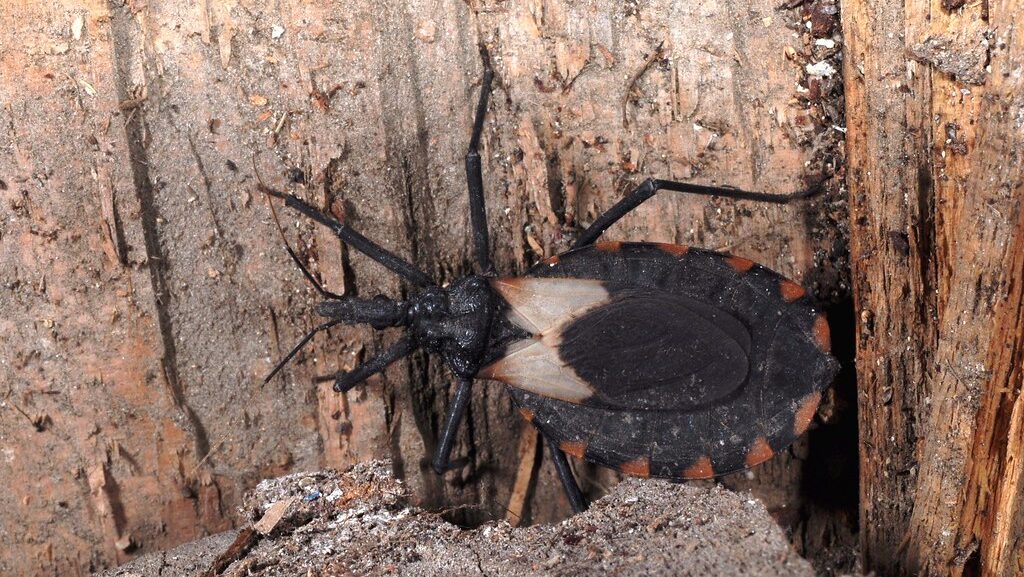
Despite their impressive learning abilities, insects do face significant cognitive constraints imposed by their small brains and specialized neural architecture. Most insects appear limited in their ability to form episodic memories—the autobiographical memories of specific events that humans take for granted. The memory capacity of insects is typically restricted to information directly relevant to survival and reproduction, with little evidence for the kind of general-purpose memory systems found in vertebrates. Some insect memories appear to decay faster than comparable memories in mammals, possibly reflecting metabolic constraints or shorter lifespans. Interestingly, these limitations don’t necessarily represent disadvantages—they may instead reflect evolutionary optimization, where insects have evolved memory systems precisely tailored to their ecological needs without the metabolic costs of maintaining unnecessary cognitive capacities.
Applications in Technology and Science
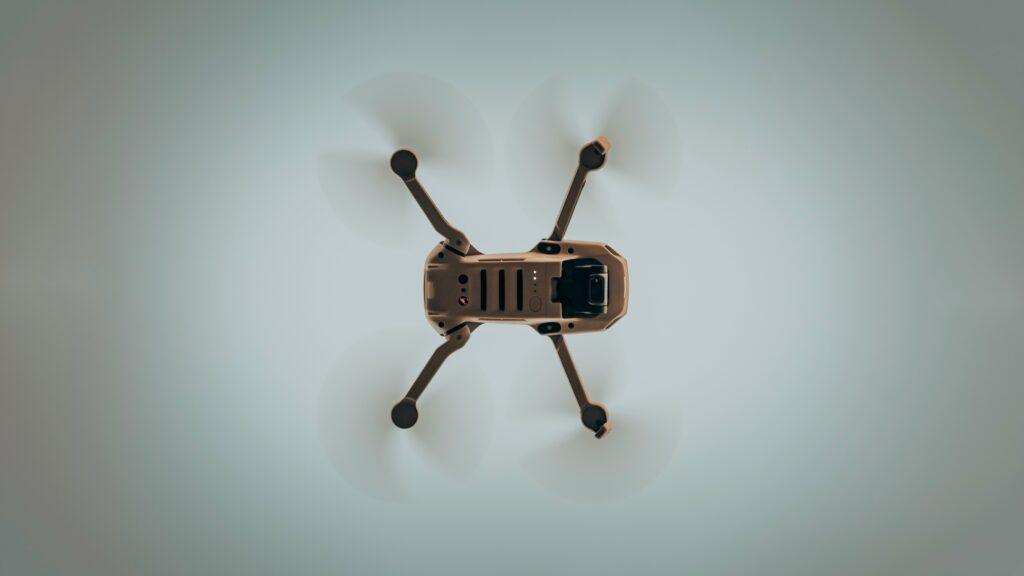
The study of insect memory has profound implications that extend far beyond entomology into fields like computer science, robotics, and medicine. Engineers have developed navigation algorithms for autonomous drones inspired by how desert ants find their way home using minimal computational resources. The remarkable efficiency of bee learning has influenced machine learning approaches, particularly in pattern recognition and classification problems where resources are limited. Neuroscientists use insects as model organisms to study fundamental principles of memory formation, taking advantage of their relatively simple nervous systems and powerful genetic tools available in species like fruit flies. Agricultural researchers are exploring how understanding insect learning might lead to more effective and environmentally friendly pest management strategies that exploit natural learning processes rather than relying solely on chemical controls.
Conclusion: Small Brains, Big Implications
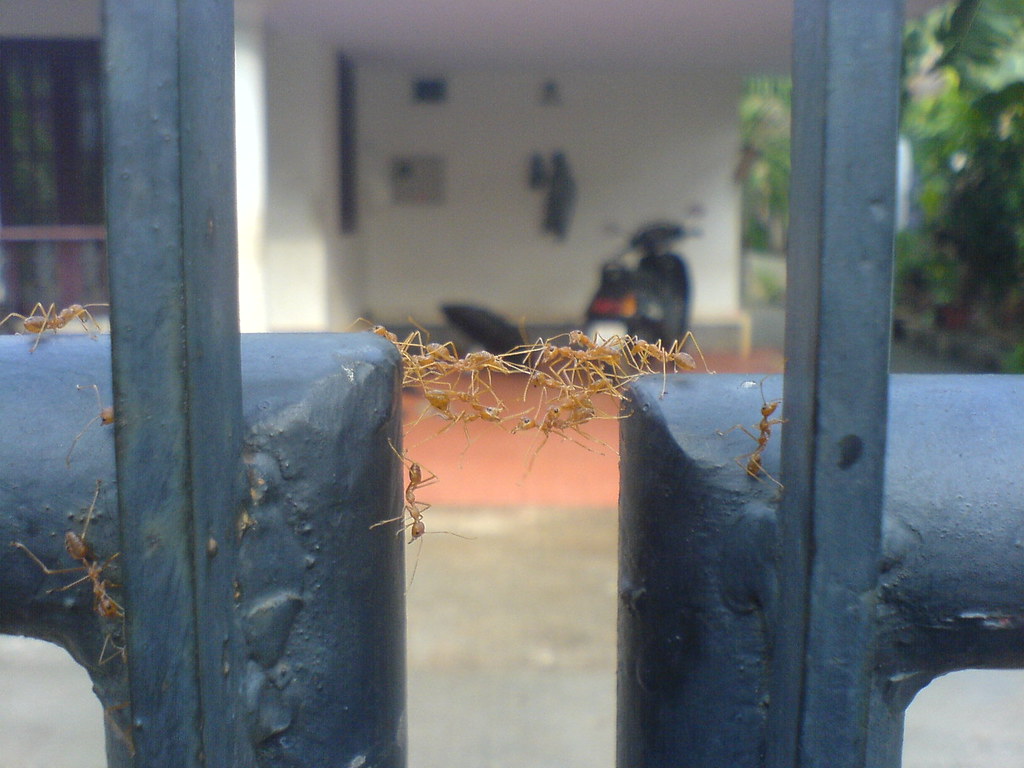
The study of insect memory challenges our assumptions about what constitutes intelligence and the neural requirements for learning. Despite having brains orders of magnitude smaller than vertebrates, insects demonstrate sophisticated learning abilities that enable them to navigate complex environments, find food, avoid dangers, and even engage in social learning. The striking parallels between insect and vertebrate memory at the molecular and cellular levels suggest that the fundamental mechanisms of memory evolved early in animal history and have been conserved across vastly different lineages. As we continue to unravel the mysteries of how these tiny brains form and store memories, we gain not only a deeper appreciation for the cognitive lives of insects but also valuable insights into the essential nature of memory itself. The humble bug, it seems, has much to teach us about how all brains—large and small—learn from experience.

